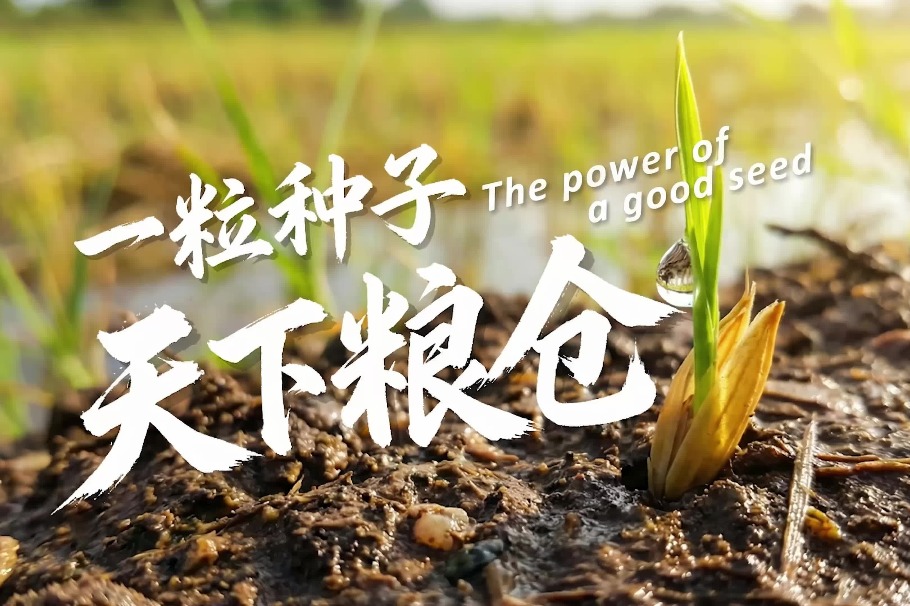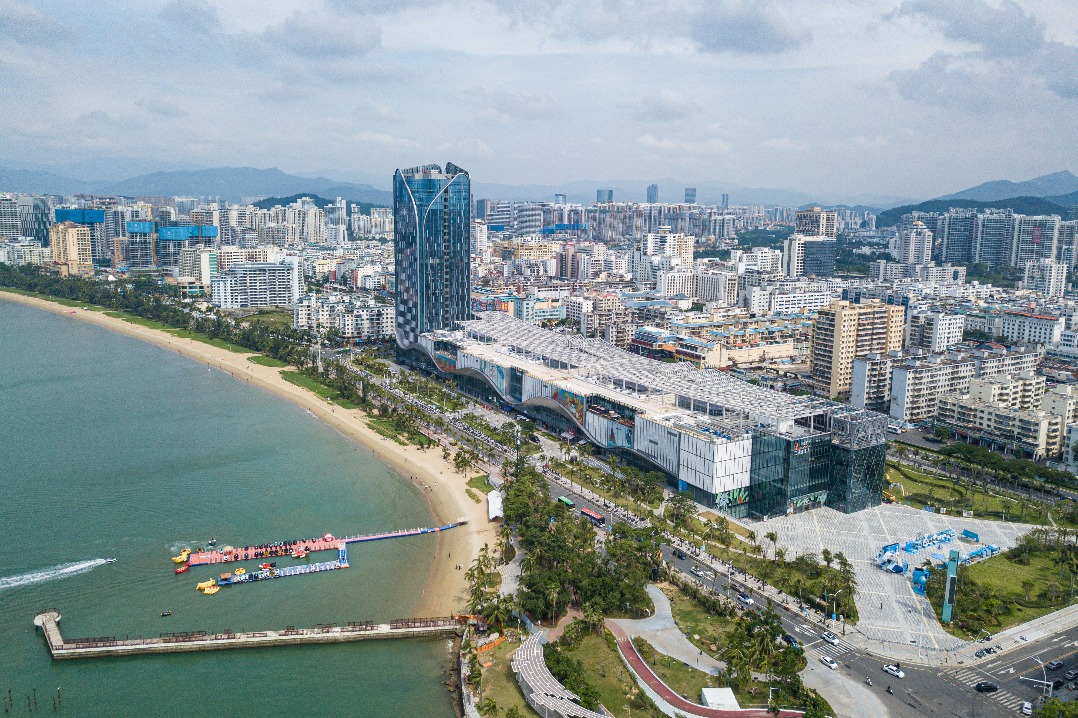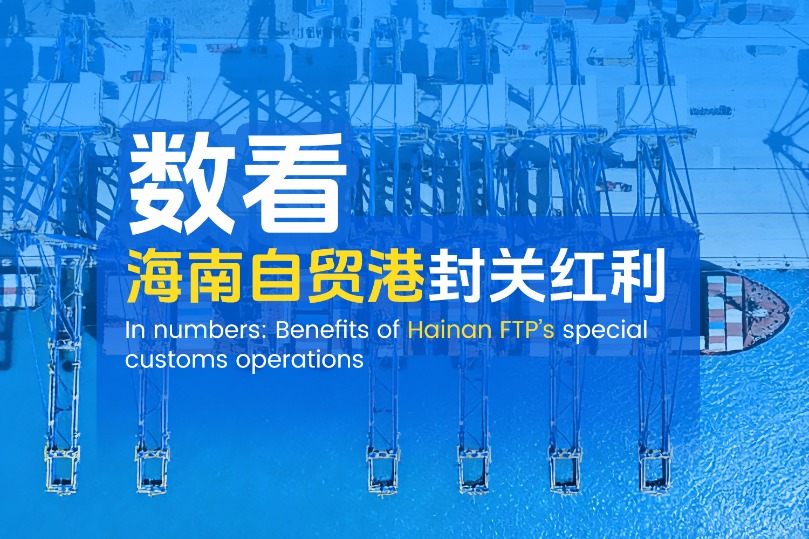Belt, Road to create cycle of development

Investment and growth from improved trade links will have additional spillover effects for countries and regions related to the initiative
China's Belt and Road Initiative will have far-ranging impacts, facilitating massive economic development through trade and infrastructure development, as well as creating additional spillover effects.
There will be opportunities for businesses globally, and the initiative will have an impact on construction markets through providing additional sources of financing, providing technical knowledge and encouraging cooperation. Additionally, the initiative will foster greater interdependence for countries as their economies become more economically and politically integrated.
Domestically, the initiative will boost the economic development of China's massive western provinces. Currently, physical infrastructure across the region is poor, limiting capacity for economic development, since trade is logistically difficult and expensive. As part of the Belt and Road, companies will be able to easily and cheaply transport goods between these provinces along the route.

The investment and growth that will come directly from improved trade links will also have additional spillover effects, begetting greater economic development. Alongside the companies investing in the western provinces to trade, there will be additional investments from companies to provide supporting services, or to take advantage of the inflow of investment. Additionally, the flow of government funds into the region will increase to provide greater energy and power infrastructure and improved access to other public services. This will create a cycle of further development and investment.
This development aligns with China's longstanding "Go West" strategy, aimed at boosting the economic development of 12 western regions that are home to more than 400 million people. The provinces included in the initiative accounted for 21.2 percent of GDP by the end of 2015, and this is expected to increase substantially with the initiative and other government policies.
Similarly, countries along the route will benefit from improved trade links, reaping substantial and wide-ranging economic benefits. Trade barriers will be reduced through improved infrastructure, combined with technical knowledge and greater availability of finance.
Belt and Road has already boosted trade and investment, with trade between China and countries related to the initiative constituting a quarter of China's total trade value, exceeding $1 trillion (918 billion euros; £772 billion) in 2015. Indeed, combined Chinese exports to these countries exceed those to the United States and the European Union, China's top two export destinations. Trade flows along the route are likely to increase substantially as links improve further.
The business environments along the route will be improved as the private sector strengthens and complies with international business regulations, which will mean an increase in investment opportunities and exports. Businesses can take advantage of the increasingly developed and accessible markets across a number of industries.
Many countries along the route need to improve their infrastructure stock following years of underinvestment, with pressure mounting as populations rise, urbanization continues and ongoing economic development requires supporting infrastructure. However, many countries along the route lack the financial capacity to develop their infrastructure through public coffers, and the private sector is unable or unwilling to meet the shortfall. There is enormous economic opportunity in these markets, particularly for Western construction companies that will be able to partner with other companies.
The Belt and Road Initiative will have enormous impacts globally, with the total economic effects far greater than the initial investment in physical infrastructure, as countries along the route are set toward a cycle of increasing investment and economic growth through improved trade linkages, access to finance and technical capacity, and broader investments across the economy.
The initiative is supported by China's Silk Road Infrastructure Fund of $40 billion, the Asian Infrastructure Investment Bank, with registered capital of $100 billion, and the New Development Bank of the BRIC countries, with initial capital of $50 billion, which is set to increase to $100 billion. However, this is short of the enormous capital required to finance the wealth of projects.
To meet this shortfall, China will utilize the public private partnership model. However, the private sector across many of the countries related to the initiative is relatively nascent, and companies lack the capacity or resources to properly implement the large, complex projects.
Moreover, better integrating the private sector into the construction industry, rather than relying predominantly on the public sector, can bring a number of benefits, including mitigating the financing burden placed on governments; increasing productivity and improving the quality of public services; and facilitating knowledge transfer and expertise from the private to the public sector.
With China's economy slowing down from the growth rate witnessed in recent years, combined with the shift toward a consumption-led, rather than investment-led, economic growth model, many domestic companies are seeking capacity cooperation. The Belt and Road Initiative will serve to boost export opportunities for Chinese companies as it improves trade links and opens new business opportunities.
The Belt and Road Initiative is a movement toward increased globalization, with much greater economic, financial and political interdependence along the routes. China's outreach stands in stark contrast to the current general trend of rising nationalist sentiment in many countries, with politicians espousing increasingly anti-trade and anti-globalization rhetoric.
The author is an economist at Construction Intelligence Centre, part of the London-based Timetric consultancy. The views on this page do not necessarily reflect those of China Daily.
(China Daily Africa Weekly 05/12/2017 page11)






























